Pregnant After Uterine Rupture
Pregnant after uterine rupture. Thereby there is an increased chance for the baby and the placenta to penetrate into the abdominal cavity via the ruptured uterine wall. With a rupture in a lower segment scar an elective. Published reports over the last 100 years indicate that most women with a previous uterine rupture have a favorable outcome in subsequent pregnancies.
Child birth after uterine rupture is not to be recommended routinely. After reviewing the literature it is concluded that women with a previous uterine rupture have a favorable outcome in a subsequent pregnancy. Most women with a previous uterine rupture with meticulous tertiary level antenatal care had a.
Most uterine ruptures occur in pregnant women though it has been reported in non-pregnant women when the uterus is exposed to trauma infection or cancer. Some experts suggest its better to. If a uterine rupture causes major blood loss surgeons may need to remove a womans uterus to control her bleeding.
An abnormal fetal heart rate in particular bradycardia is the most consistent finding associated with uterine rupture 15. Uterine ruptures can cause serious morbidity and mortality for both the woman and the neonate. The recurrence rate for uterine rupture is reported to be between 48 to 19 percent with the highest rates of recurrence seen in.
When looking at the overall chances of infant death when attempting a VBAC the National Institute of Health NIH reports the odds as 013 which. The vast majority of uterine ruptures occur during labor but they can also happen in late pregnancy. In a complete rupture the tear goes through all layers of the uterine wall and the consequences can be dire for mother and baby.
A uterine rupture is a tear in the wall of the uterus most often at the site of a previous c-section incision. After this procedure a woman can. This pain can be felt even if youve had an epidural.
There is concern about the risk of uterine rupture in the subsequent pregnancy after. The most important risk factor for a.
In general you should wait at least 6 months before getting pregnant again after a C-section.
Uterine rupture is a spontaneous tearing of the uterus that may cause the baby to slip into the abdominal cavity during late pregnancy or active labor. The most important risk factor for a. Thereby there is an increased chance for the baby and the placenta to penetrate into the abdominal cavity via the ruptured uterine wall. This can bring about serious bleeding in the mother and can choke out the child. After this procedure a woman can. Pregnancies after uterine rupture should be delivered by repeat cesarean at 3637 weeks of gestation without verification of fetal lung maturity by amniocentesis. Most women with a previous uterine rupture with meticulous tertiary level antenatal care had a. An abnormal fetal heart rate in particular bradycardia is the most consistent finding associated with uterine rupture 15. Thats the bare minimum needed.
The recurrence rate for uterine rupture is reported to be between 48 to 19 percent with the highest rates of recurrence seen in. 2017 by The American College of Obstetricians and Gynecologists. An abnormal fetal heart rate in particular bradycardia is the most consistent finding associated with uterine rupture 15. Thats the bare minimum needed. There is concern about the risk of uterine rupture in the subsequent pregnancy after. Pregnancies after uterine rupture should be delivered by repeat cesarean at 3637 weeks of gestation without verification of fetal lung maturity by amniocentesis. Thereby there is an increased chance for the baby and the placenta to penetrate into the abdominal cavity via the ruptured uterine wall.
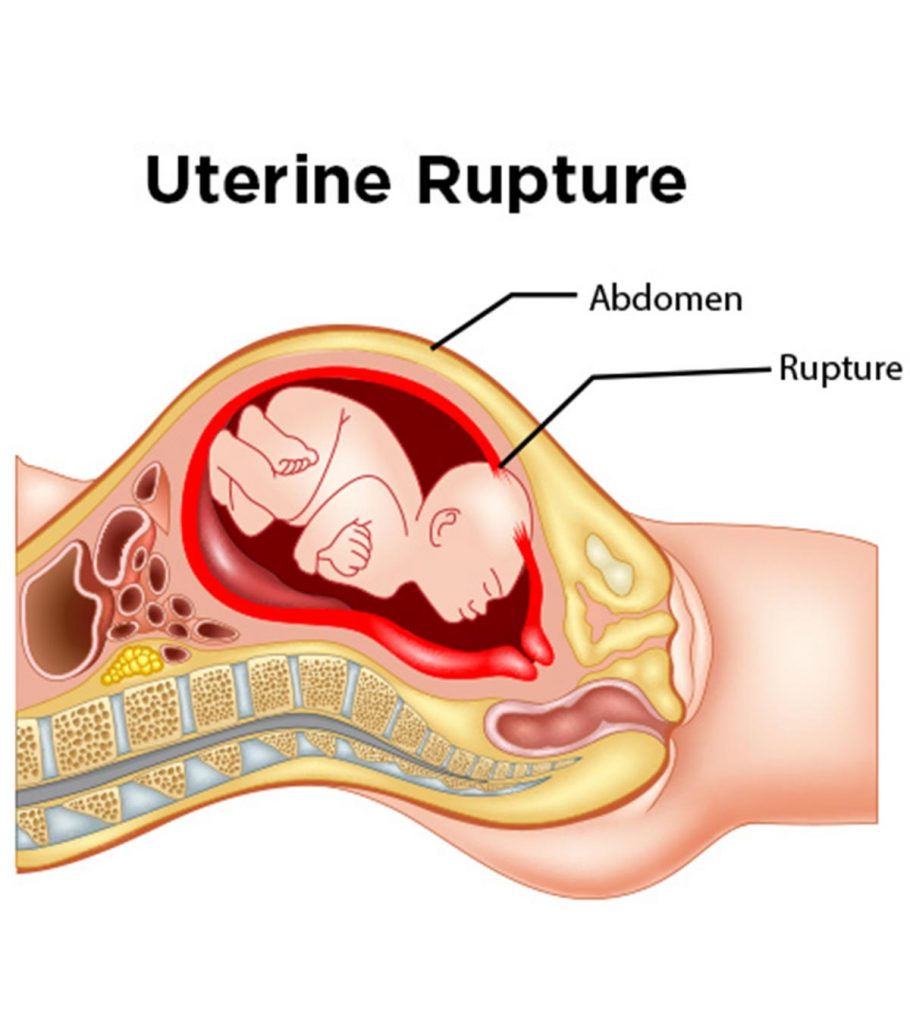




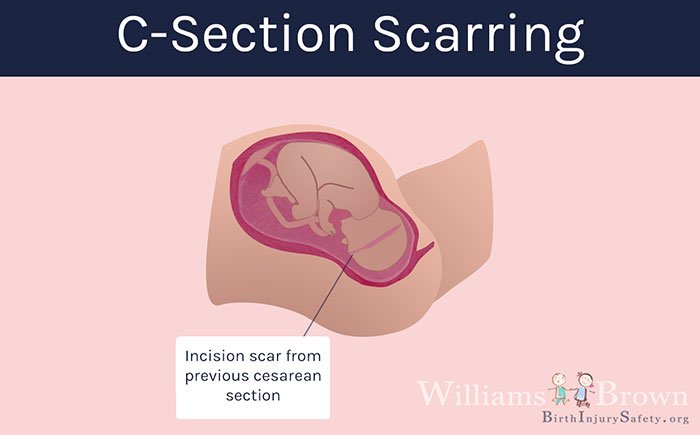




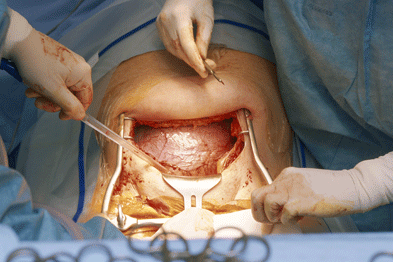






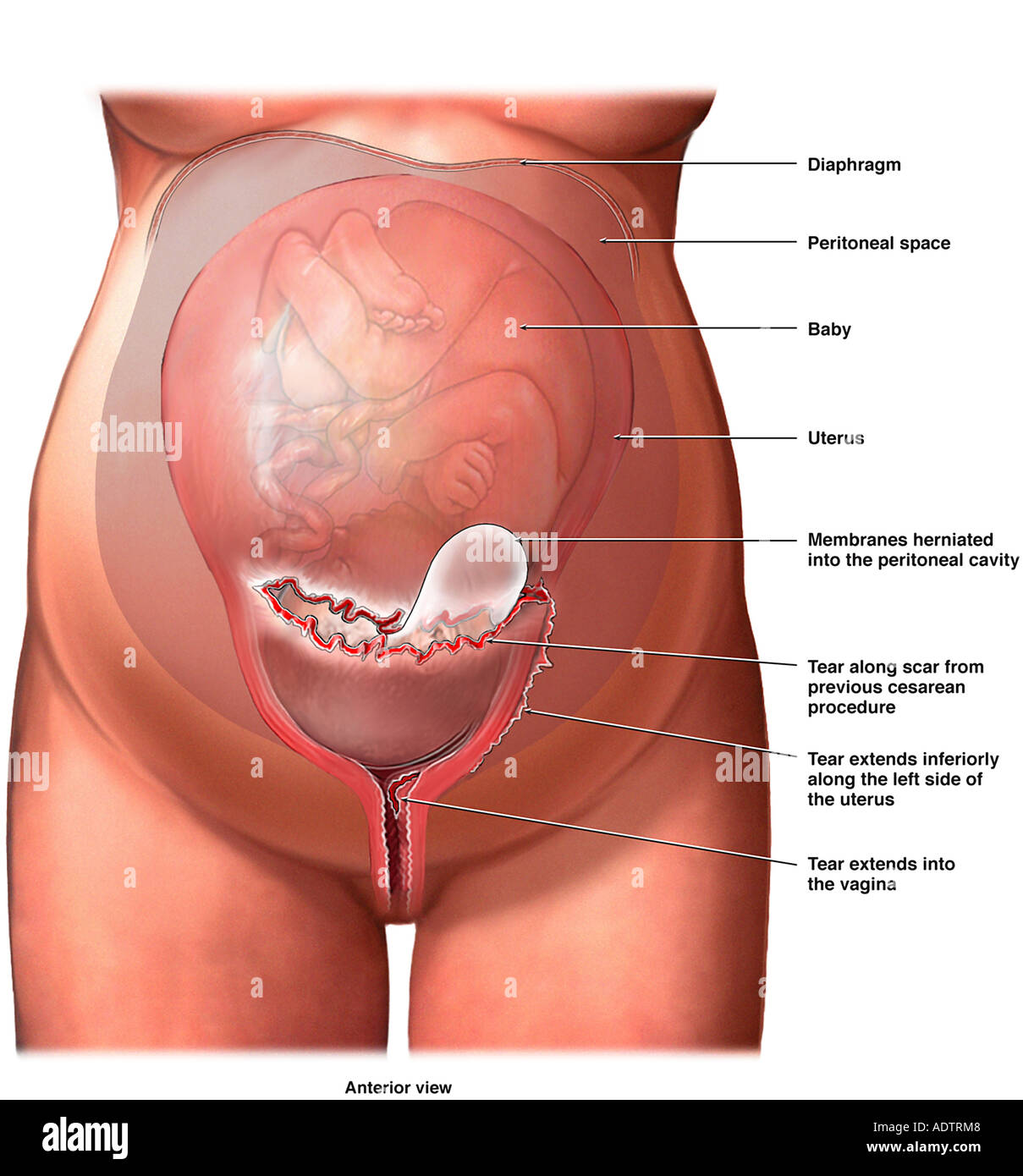



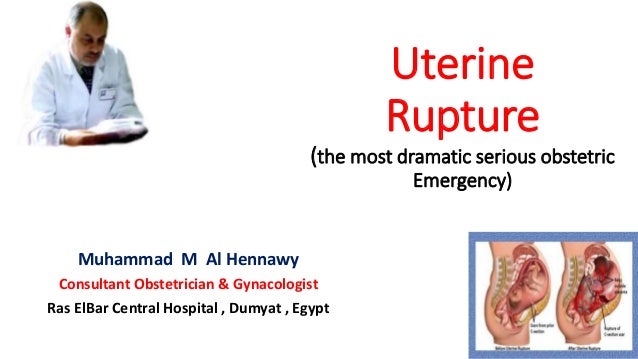
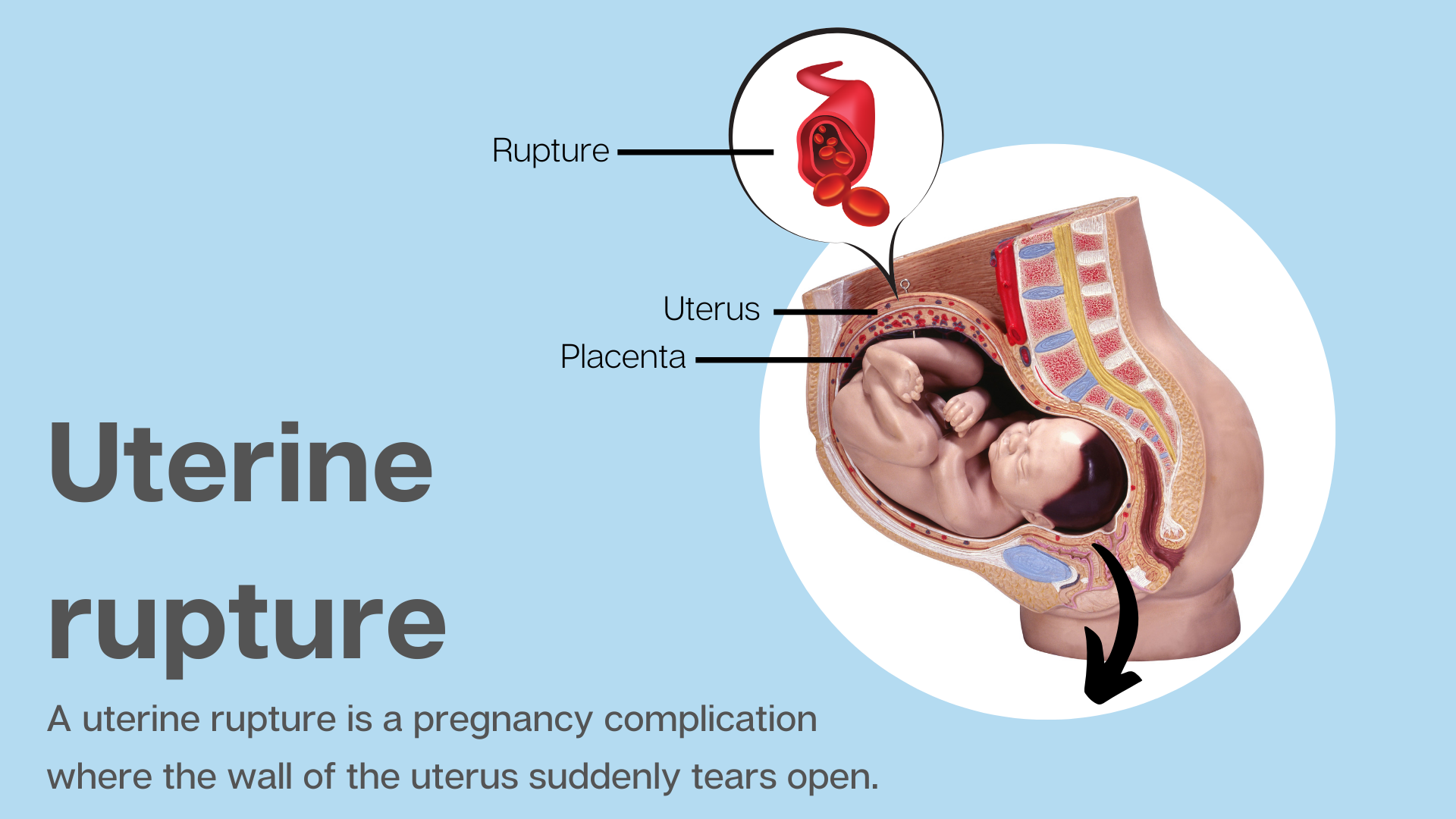


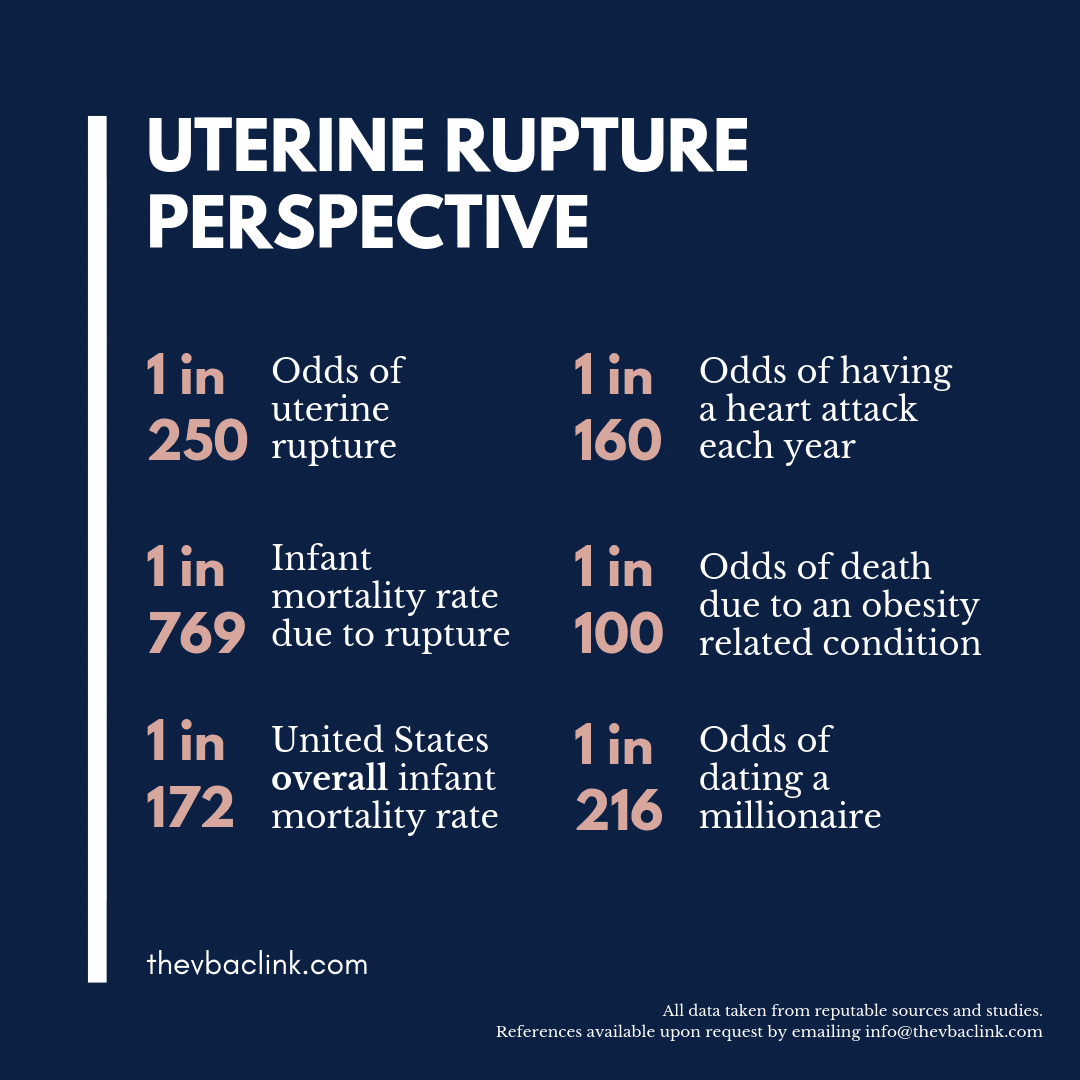


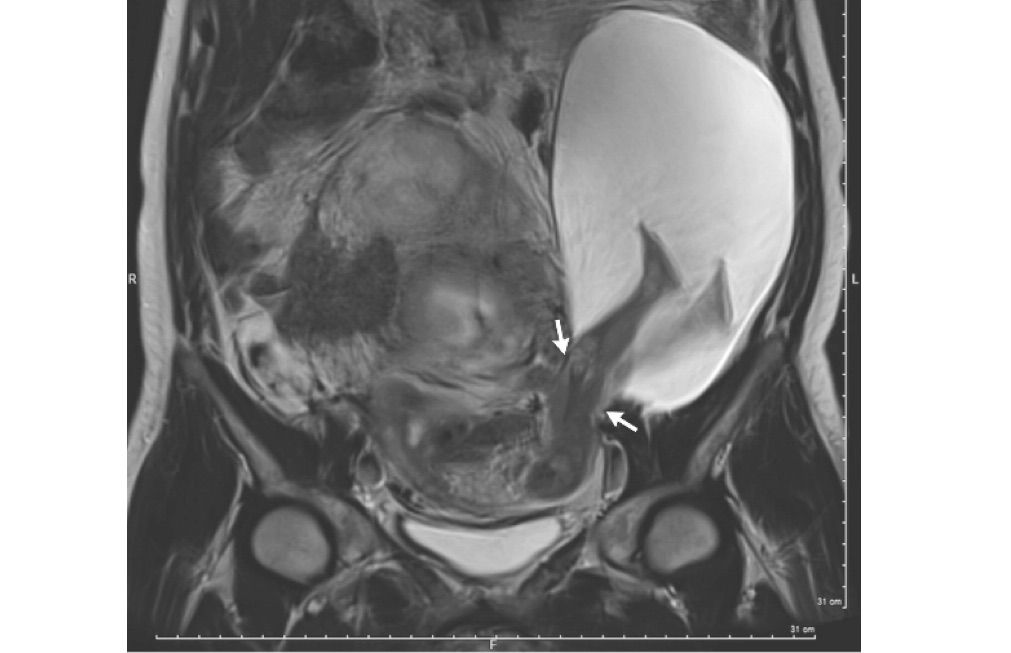




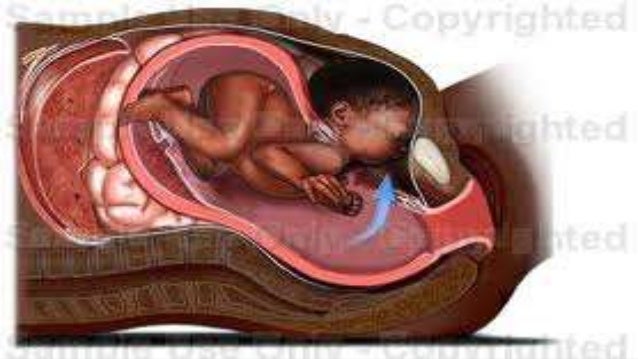

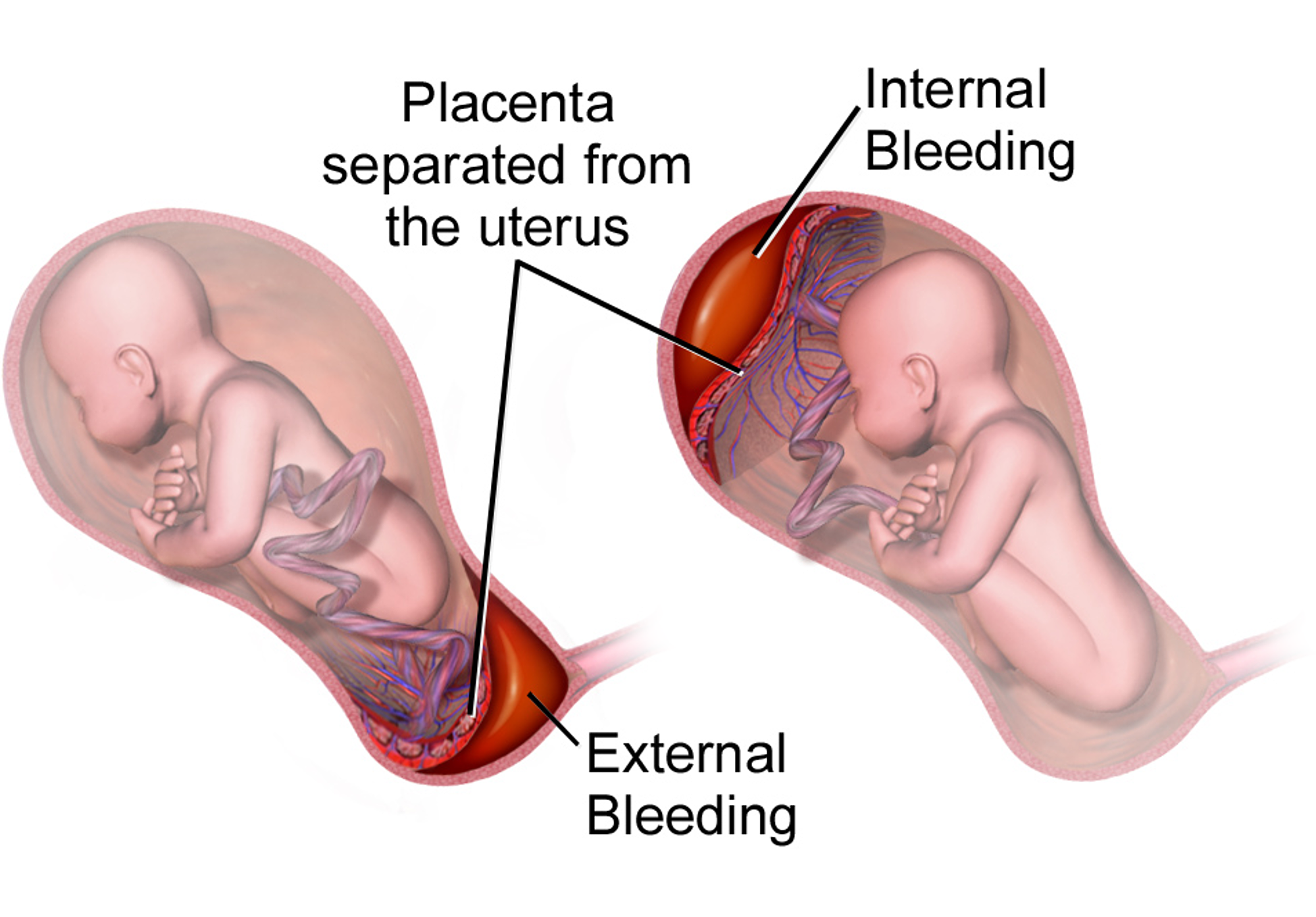
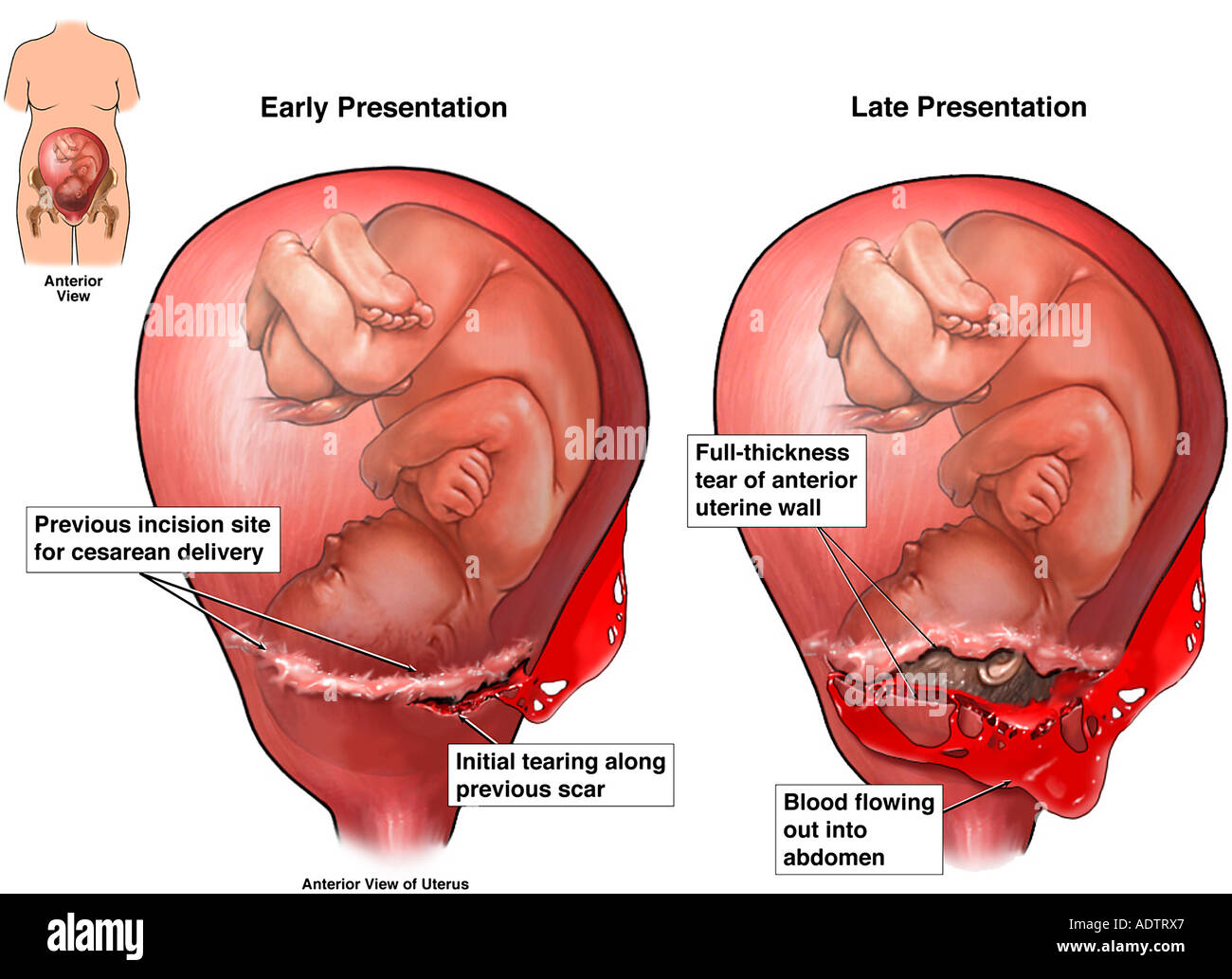

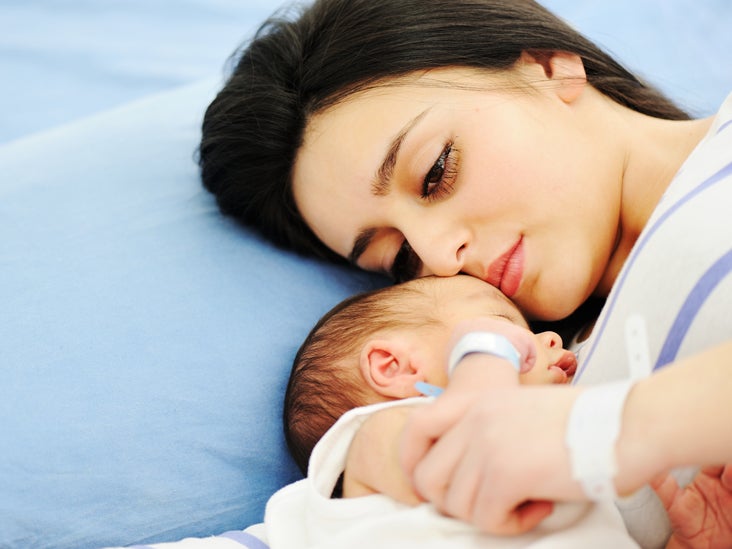






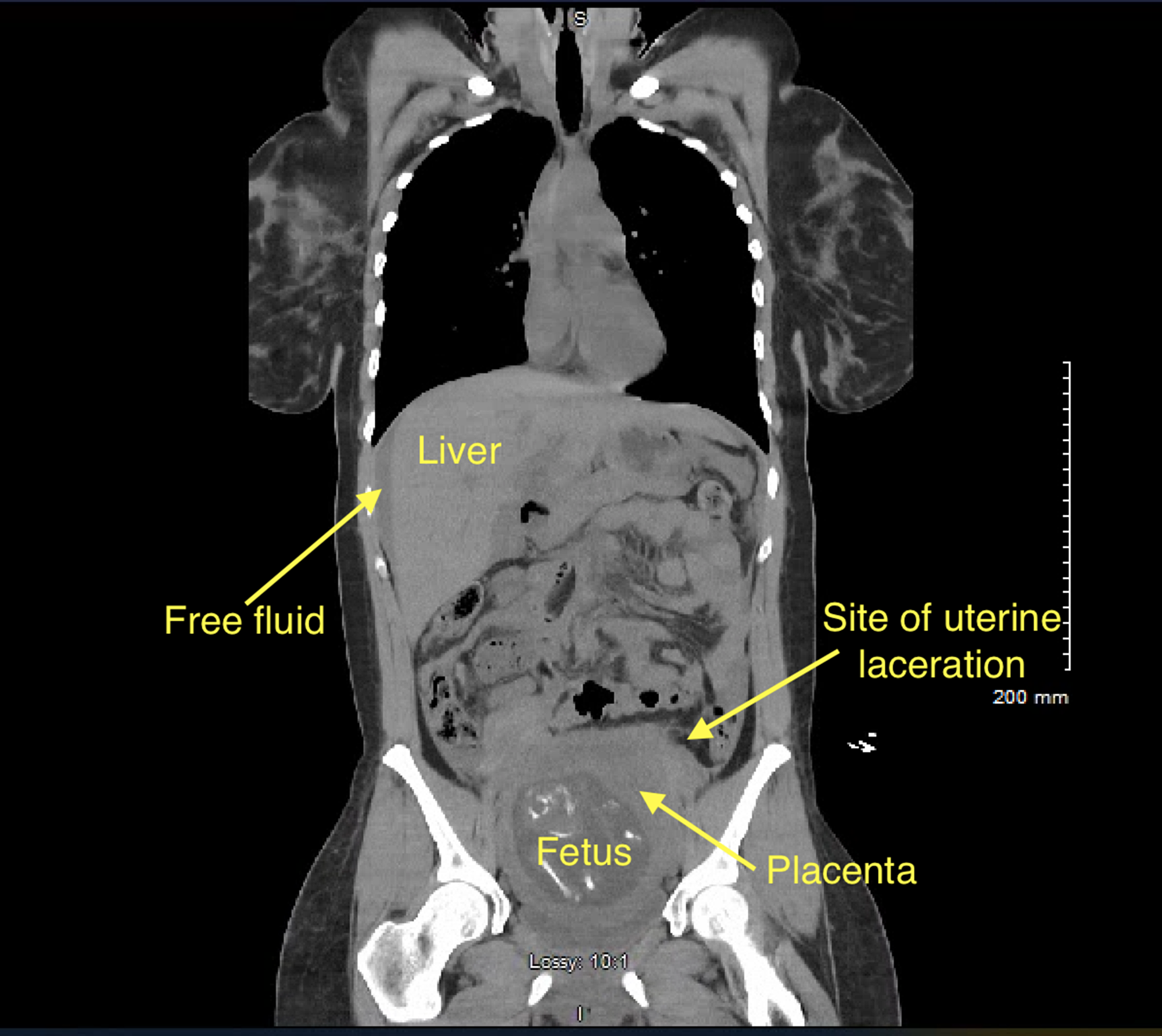

Posting Komentar untuk "Pregnant After Uterine Rupture"